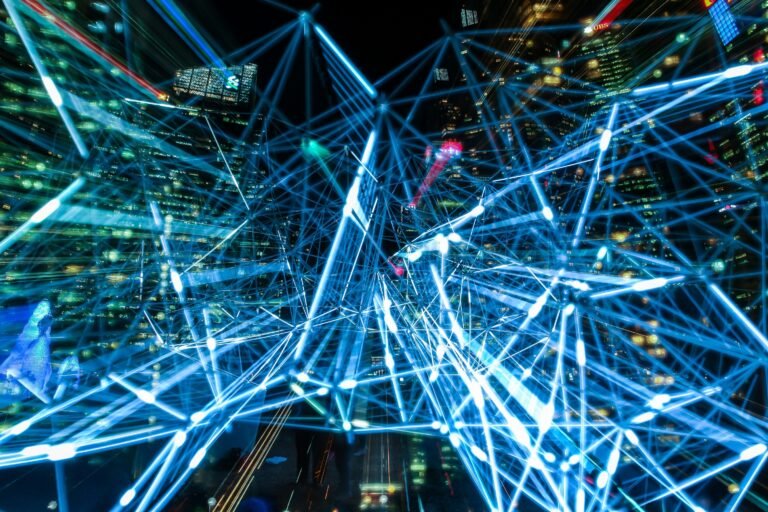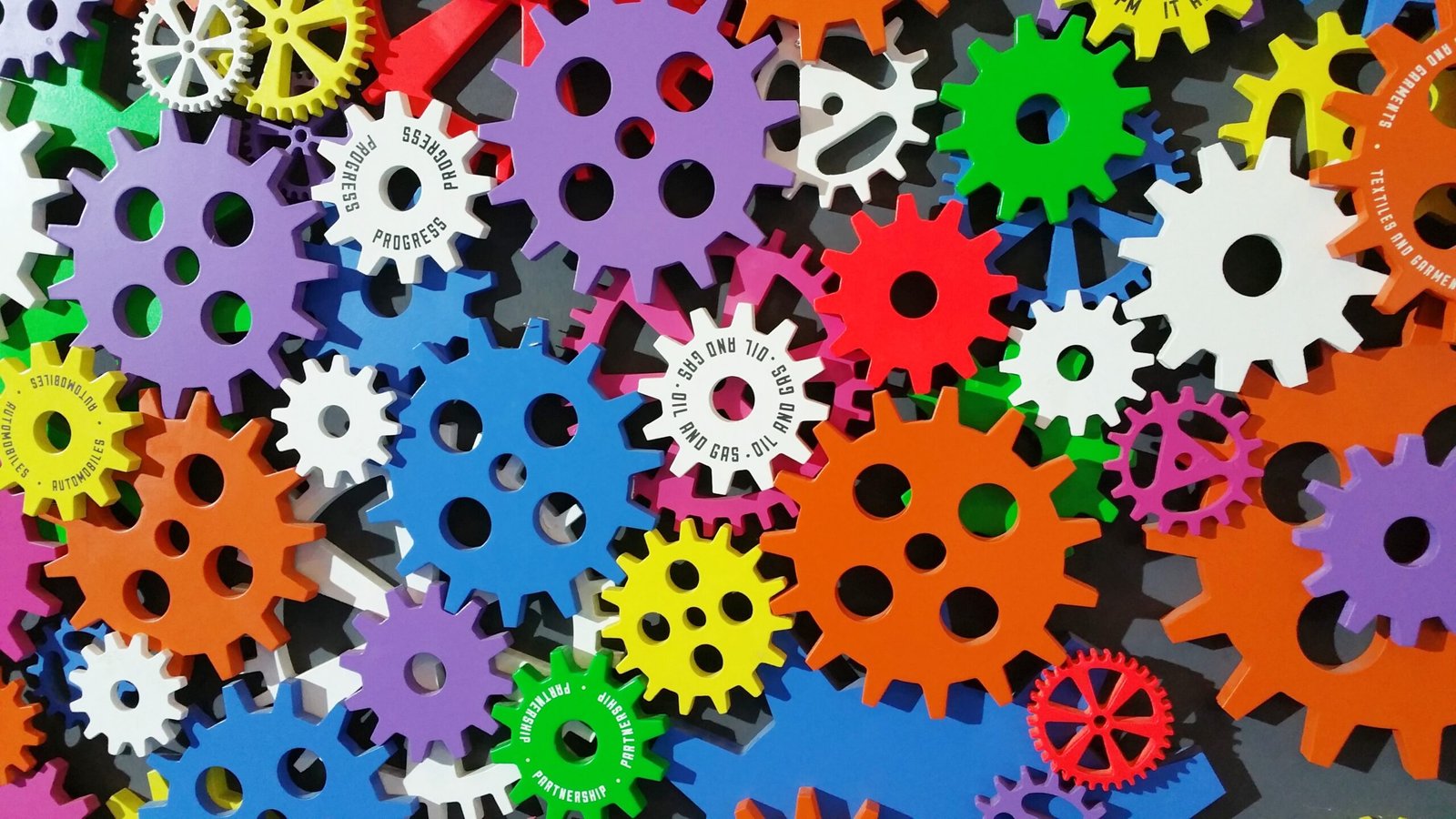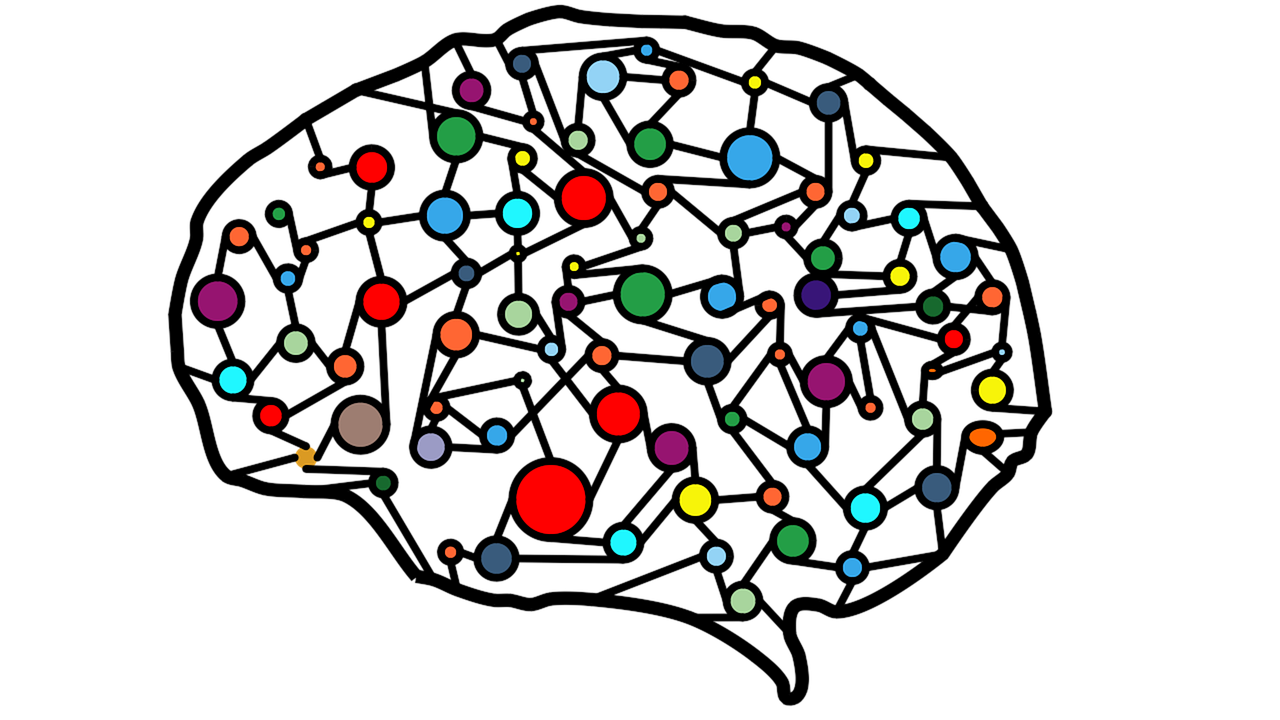
Introduction to generative AI
Generative AI is a type of artificial Intelligence. It helps users to quickly
generate new content like text, image, code, video, or any other type of
data based on the input given.
Interesting Things about Generative AI:
1. Creative Outputs: Generative AI can produce unique and original
outputs such as artwork, music, and writing, often surprising humans with
its creativity.
2. Personalization: Generative AI can generate personalized
recommendations, advertisements, and user experiences based on
individual preferences and behaviors.
3. Collaborative Potential: Generative AI can be used as a collaborative
tool, enabling humans and machines to work together in creating innovative
and imaginative solutions.
4. Till now, one argument was that machine can do the things, which can
be properly defined within an ‘If than Else’ rule.
So, machines can’t generate new poems, story, image, video etc.
Human can create new poems, story etc., as human have intuition or say a
creative mind. I call this as human having or adding randomness in these
creations.
Now machines have also learned to add randomness, while creating a text,
image, story, or video etc.
A systematic way to generate random output.
5. In simple way, one can think of generative AI as the best form to
‘autocomplete’ a sentence. That is, based on the previous data(word), it
predicts, what can be the next data (word).
You can learn more about artificial intelligence at
raktimsingh.com/what-is-artificial-intelligence-with-examples/
You can learn more about Deep Learning at
raktimsingh.com/what-is-deep-learning/

What is Generative AI:
Generative AI is an exciting field that focuses on teaching machines to be
creative and produce original content.
It involves training algorithms to generate new and unique outputs, ranging
from art and music to realistic human-like conversations.
Here input is supplied as prompt to the machine or generative AI system.
Generative AI models are trained with huge set of data.
During that, parameters of these models learn the patterns and structure of
their training data.
Later, for various prompts, they can generate new data.
History of Generative AI:
Generative AI has its roots in various fields, including machine learning,
neural networks, and computer graphics. Milestones in its development
include the invention of deep learning algorithms, breakthroughs in
generative adversarial networks (GANs), and variational autoencoders.
Pioneers and companies such as Ian Goodfellow, Yoshua Bengio, and
OpenAI have significantly contributed to its advancement.

What is variational autoencoder:
Variational Autoencoder (VAE) is a generative model which is used to
generate new sample data using past data. Variational autoencoders are
probabilistic generative models.
It consists of two types of neural networks, namely Encoder and Decoder.
Here Encoder, produces multiple different samples for the given input. It
does this by mapping the input variable to a latent space that corresponds
to the parameters of a variational distribution. In other words, we can say
that input data is mapped to latent variables not by a discreet value but with
range of possible values.
On the other hand, the decoder generates data points. It is able to do so by
mapping the latent space to the input space.
Both Encoder and Decoder are trained together.
To sum up, we can say that VAEs work by first compressing the input data
into a lower dimension space (with Encoder) and later generating new data
by sampling from this space (Decoder).
What is Diffusion model:
These are generative models. It determines vectors in latent space through
a two-step process during training. These are forward diffusion and reverse
diffusion. In forward diffusion, we add random data, noise to the input data
training data.
In reverse diffusion, we remove or reverse the random noise, data to
recreate the data. Diffusion model is also known as ‘denoising diffusion
probabilistic models (DDPMs)’.
What is Generative adversarial network:
These were developed in 2014. Here two neural networks, namely
Generator and Discriminator are pitted against each other.
So, the generator creates data say an image and the discriminator tries to
figure out faults with that image. That is, Discriminator tires to find out
whether the image is real or not and what are the differences.
These two models are trained together in as continuous iterative way until
the generated content is same as the existing content.
Diffusion model vs Generative Adversarial Network (GAN) vs
Variational Autoencoder
Diffusion models are large scale, flexible, can help in training multiple
layers and produced best output for generalized use cases. But as they
involve, reverse sampling process, they are relatively slow.
Variational Autoencoder can generate images faster, but those images are
not detailed as say, which is generated by diffusion model.
Generative Adversarial network can generate high quality data quickly. But
their sample diversity is weak. Hence, they are used in domain specific
data.

What is Transformer network:
They are designed to process sequential data.
Two things, which are important in this context are ‘self-attention’ and
‘positional encoding’. They help the model to focus on how words relate to
each other in a long sentence.
Self-attention gives weightage to each part of the input. That is the
importance of that input word in that sentence.
Positional encoding represents the order in which input words occur.
A transformer is made up of multiple transformer layers, like self-attention
layer, feed forward layer, normalization layer etc.
All these works together to understand, decipher the input tokenized data
and predict next.
Data can be text, image or for that matter protein sequence.

How does generative AI Work:
Generative AI typically employs deep learning models, such as GANs and
variational autoencoders (VAEs).
These models are trained on large datasets to learn patterns and generate
new content. GANs, for instance, consist of a generator network that
produces samples and a discriminator network that evaluates their
authenticity, leading to an iterative learning process.
Important Features of Generative AI:
1. Creativity: Generative AI can produce novel and imaginative outputs,
pushing the boundaries of what machines can create.
2. Adaptability: It can adapt to different domains, allowing it to generate
various types of content, from images and music to text and virtual
environments.
3. Realism: Generative AI aims to create outputs that are indistinguishable
from human-made content, striving for realism and high-quality results.

Advantages of Generative AI:
1. Enhanced Creativity: Generative AI expands creative possibilities by
generating fresh ideas and innovative solutions, inspiring human creators.
2. Efficiency and Automation: It enables automated content generation,
reducing the time and effort required for tasks such as designing,
composing, or writing.
3. Personalization and Customization: Generative AI can create tailored
experiences for users, delivering personalized recommendations and
products.
Generative AI use cases:
1. Art Generation: Imagine an AI-powered system that can create stunning
paintings or generate unique visual designs based on a user's preferences.
2. Music Composition: Generative AI can compose original melodies or
even generate entire music tracks, providing a source of inspiration for
musicians and enhancing creativity.
3. Text and Image creation: With generative AI, one can create new story,
poem or draw a new picture.
4. Virtual Characters: In the realm of gaming and entertainment,
generative AI can create virtual characters with realistic behaviors, enabling
immersive experiences and interactive storytelling.
5. Synthetic data creation: For various AI (artificial Intelligence) models,
training data is very important. But in many cases, either the data is not
available or is restricted or does not have enough diverse set of examples.
With Generative AI, one can create generative data for various use cases.

Generative AI examples:
1. Autonomous vehicles: Here Generative AI is used to create various
3D virtual models during design phase. Also, synthetic data is used to
train autonomous vehicle for various road & traffic conditions.
2. Healthcare: Here Generative AI is used for genomic analysis and
generating, understating protein sequence.
3. Entertainment: With the generation of various virtual characters and
storylines, new experiences can be offered to customers.
Apart from these, generative AI is used for creation of PPT,
summarizing long text, preparation of speech, generation of new
code, documentation of existing code etc.
Companies Using Generative AI:
1. OpenAI: OpenAI has developed cutting-edge generative models like
GPT-3, enabling natural language generation and creative writing.
2. NVIDIA: NVIDIA has utilized generative AI techniques for various
applications, including image synthesis, video processing, and
enhancing graphics in gaming.
3. Adobe: Adobe has integrated generative AI capabilities into its
creative tools, empowering artists and designers with intelligent content
generation and manipulation.
Industries Using Generative AI:
1. Entertainment and Media: Generative AI is revolutionizing content
creation in the entertainment industry, from generating visual effects in
movies to enabling interactive storytelling in video games.
2. Fashion and Design: Fashion designers can leverage generative AI to
create unique patterns, generate personalized clothing recommendations,
or even design virtual fashion collections.
3. Marketing and Advertising: Generative AI can automate the creation of
personalized advertisements, optimize marketing campaigns, and generate
tailored content for individual users.
4. Architecture and Interior Design: Generative AI can assist architects in
designing buildings, generating floor plans, and creating virtual
walkthroughs.
5. Healthcare: Generative AI has the potential to aid in medical research,
drug discovery, and personalized medicine by simulating molecular
structures or predicting disease patterns.
6. Education: Generative AI can support educational content creation,
adaptive learning platforms, and interactive simulations for students,
enhancing the learning experience.

Related Technologies:
1. Deep Learning: Generative AI heavily relies on deep learning
techniques to train models and generate outputs.
2. Natural Language Processing (NLP): NLP techniques are often used
in generative AI for text-based content generation, including chatbots and
language models.
3. Computer Vision: Computer vision techniques contribute to generative
AI by enabling the generation of visual content, such as images or videos.
You can learn about Natural Language Processing at
raktimsingh.com/natural-language-processing/
You can learn about Computer Vision at
raktimsingh.com/what-is-computer-vision-in-ai-and-machine-learning/
What Generative AI Doesn’t Contain:
Generative AI does not possess consciousness or intentionality. While it
can mimic human creativity and produce remarkable outputs, it lacks true
understanding, emotions, and intention behind its creations.
When You Should Not Use Generative AI:
Generative AI may not be suitable in situations that require precise control
or adherence to specific guidelines, as its outputs can sometimes be
unpredictable or deviate from desired constraints. Additionally, sensitive
domains such as legal or medical fields may require human expertise and
judgment, making purely generative approaches sub-optimal.
Generative AI produces an output which is based on probability model. So,
the output can be say, 90 % accurate or 95% accurate. That is defined by a
domain expert (human).
Future of Generative AI:
The future of generative AI holds immense potential. As algorithms
improve, we can expect more realistic and creative outputs across various
domains.
Generative AI may shape the future of entertainment, art, and design,
empowering individuals with new tools for expression and innovation.
Conclusion:
Generative AI represents a groundbreaking leap in machine capabilities,
unlocking creativity and pushing the boundaries of what machines can
create.
With its ability to generate original content, personalize experiences, and
foster collaboration between humans and machines, generative AI opens up exciting possibilities across industries and paves the way for a future where creative potential knows no bounds.
You can watch my videos related to technology and fintech at my YouTube channel https://www.youtube.com/@


💯 % commendable information. Thanks for sharing